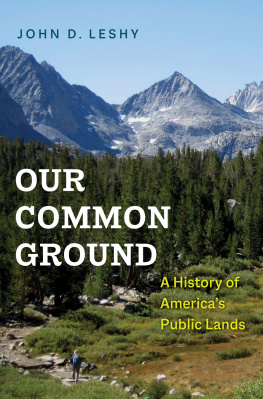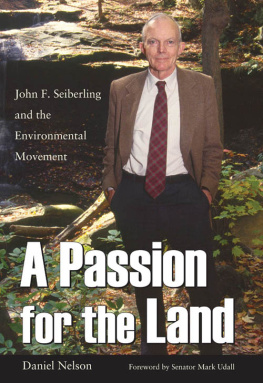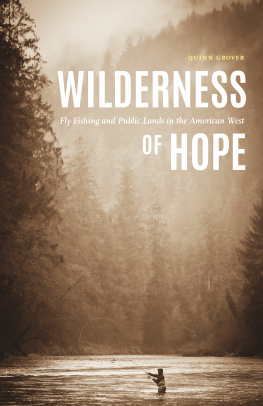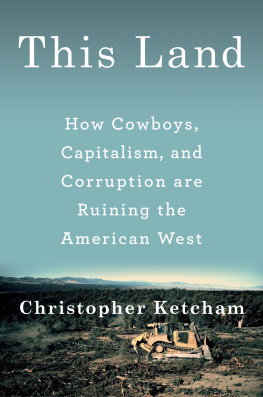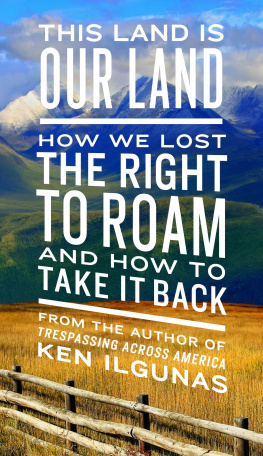John D. Leshy - Our Common Ground: A History of Americas Public Lands
Here you can read online John D. Leshy - Our Common Ground: A History of Americas Public Lands full text of the book (entire story) in english for free. Download pdf and epub, get meaning, cover and reviews about this ebook. City: New Haven, year: 2022, publisher: Yale University Press, genre: History / Science. Description of the work, (preface) as well as reviews are available. Best literature library LitArk.com created for fans of good reading and offers a wide selection of genres:
Romance novel
Science fiction
Adventure
Detective
Science
History
Home and family
Prose
Art
Politics
Computer
Non-fiction
Religion
Business
Children
Humor
Choose a favorite category and find really read worthwhile books. Enjoy immersion in the world of imagination, feel the emotions of the characters or learn something new for yourself, make an fascinating discovery.
- Book:Our Common Ground: A History of Americas Public Lands
- Author:
- Publisher:Yale University Press
- Genre:
- Year:2022
- City:New Haven
- Rating:3 / 5
- Favourites:Add to favourites
- Your mark:
Our Common Ground: A History of Americas Public Lands: summary, description and annotation
We offer to read an annotation, description, summary or preface (depends on what the author of the book "Our Common Ground: A History of Americas Public Lands" wrote himself). If you haven't found the necessary information about the book — write in the comments, we will try to find it.
A much-needed chronicle of how the American people decidedwisely and democraticallythat nearly a third of the nations land surface should remain in our collective ownership and be managed for our common good.Dayton Duncan, author of The National Parks: Americas Best Idea
Americas public lands include more than 600 million acres of forests, plains, mountains, wetlands, deserts, and shorelines. In this book, John Leshy, a leading expert in public lands policy, discusses the key political decisions that led to this, beginning at the very founding of the nation. He traces the emergence of a bipartisan political consensus in favor of the national government holding these vast land areas primarily for recreation, education, and conservation of biodiversity and cultural resources. That consensus remains strong and continues to shape American identity. Such a success story of the political system is a bright spot in an era of cynicism about government. This book is essential reading for anyone who cares about public lands, and it is particularly timely as the world grapples with the challenges of climate change and biodiversity loss.
John D. Leshy: author's other books
Who wrote Our Common Ground: A History of Americas Public Lands? Find out the surname, the name of the author of the book and a list of all author's works by series.

